
OR
Govt not doing enough for Chepang community, ‘the connoisseurs of nature’
Published On: July 5, 2024 06:51 PM NPT By: Pratyencha Koirala
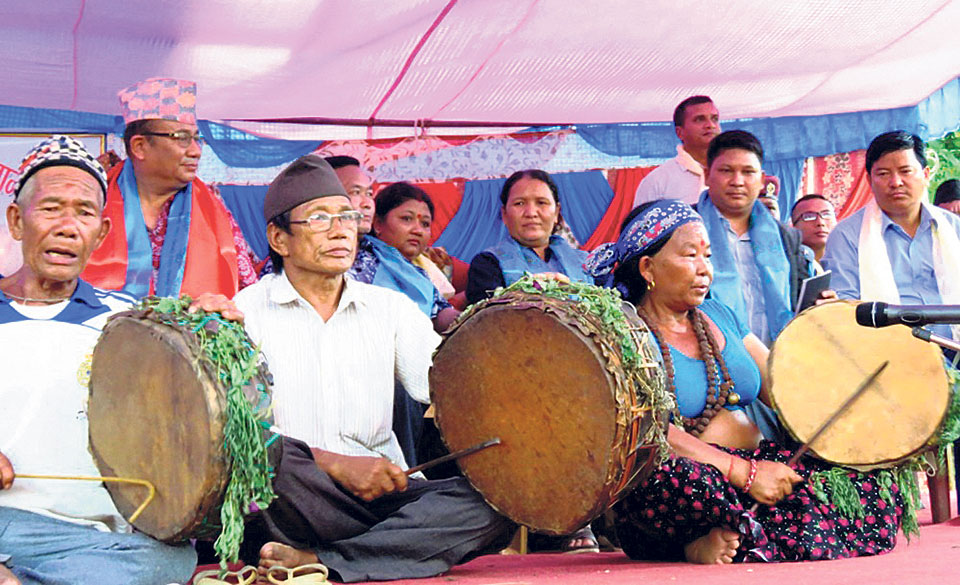
KATHMANDU, July 4: Residing in Chitwan, Dhading, Makwanpur, and Gorkha districts and surrounded by the Mahabharat mountain range is a community of around 80,000 people. This community, referred to as the Chepang or Chewang, belong to the Tibeto-Burman ethnic group and is one of the indigenous tribal communities in Nepal.
When King Birendra embarked on his first visit to a Chepang settlement in 1977, he bestowed upon them the name 'Praja,' signifying that they were also his people, with the promise of his care and protection. Subsequently, Praja became a favored surname within the Chepang community. However, nowadays they have chosen to reclaim their original identity as Chepangs. They have their own language and are also fluent in Nepali.
Sociologist Somat Ghimire, highlighted the Chepang community’s traditional way of living. He said that Chepangs traditionally led a nomadic way of life, engaging in hunting and gathering activities as they roamed from place to place in search of sustenance and fodder. “Significant advancements in their lifestyle emerged in the 20th century, marked by the adoption of progressive agricultural practices and animal husbandry. Notably, the utilization of the Indian butter tree (Chiuri) has been a crucial source of income for the Chepangs,” he said.
“Extracting butter from the Chiuri trees and selling it in nearby marketplaces has been a significant economic activity for the community. Moreover, Chiuri butter holds deep cultural significance, it is a precious gift presented to daughters as part of their marriage tradition, a practice that has endured for several generations,” Ghimire said.
Chepangs are deeply connected to nature, with their agricultural practices reflecting this bond. Their traditional 'slash and burn' agricultural method, known as Khoriya, involves clearing a patch of land, burning it, cultivating the soil until it is depleted, and then allowing the area to lie fallow for 2-3 years for the vegetation to regenerate. Despite its environmental impact, Koariya has sustained Chepangs due to the challenging terrain they live in, where there is a scarcity of irrigated agricultural fields. However, with the enforcement of the Private Forest Nationalization Act in 1957, which granted the government full domination over the forests and prohibited the clearing of trees, the Khariya method is not practiced by a lot of people in the Chepang community.
At present, Chepangs primarily engage in agriculture, basket weaving, and animal husbandry for their livelihoods. Some community members even migrate to nearby towns in search of manual labor opportunities. The disappearance of Chiuri trees in the forests of Makwanpur, Gorkha, Chitwan, and Dhading due to the practice of slash-and-burn agriculture and ongoing development activities has posed significant economic challenges, leading to pervasive poverty and high dropout rates among Chepang children. According to the 2022 data of Nepal Living Standard Survey, Chepang is one of the highly marginalized communities in Nepal with over ninety per cent of Chepangs living below the poverty line– they earn around Rs 6000 per capita annually. Educational disparities persist, with seventy-five per cent of the Chepang population being illiterate and only one per cent of women possessing literacy skills. Financial constraints hinder access to education, and the majority of children rely on external financial support and government scholarships to enroll in schools.
Moreover, gender-based restrictions and traditional gender roles continue to impede the educational opportunities of Chepang girls, who are often barred from attending school due to societal expectations. That is fulfilling domestic household responsibilities. Chepang settlements are also vulnerable to natural calamities, with several regions prone to landslides and soil erosion. In the Chure region of Makwanpur district, over ninety per cent of human settlements face the risk of landslides, a consequence of deforestation and slash-and-burn agricultural practices.
The Chepang community face significant challenges in preserving their identity, centuries-old culture, and traditions. To prevent the extinction of their ancestral land and tradition, the government should encourage them to plant more Chiuri trees in their settlements. Moreover, basic facilities such as decent healthcare, education, and sanitation should be provided to them. Similarly, the government should create more employment opportunities to prevent them from migrating to other developed cities in search of better livelihoods. Awareness programs should be implemented in the Chepang community to promote financial frugality, basic knowledge about sanitation, and the cultivation of cash crops to enhance their prospects in the agriculture sector.
The Chepang community is a resilient group with a rich culture and traditions, distinguished from other ethnic groups by their harmony with nature and semi-nomadic lifestyle. Despite numerous challenges, their heritage remains vibrant. Recognising and respecting indigenous groups like Chepang are important for promoting inclusivity and enriching the diversity of Nepal.
You May Like This
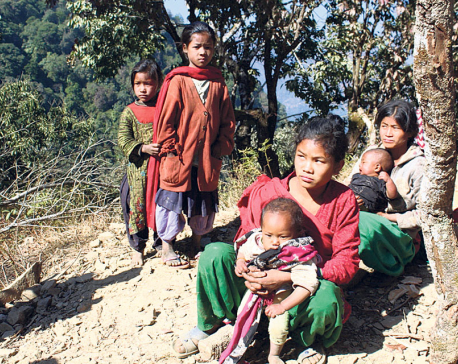
Call for implementation of Chepang Protected Area
CHITWAN, Jan 15: The marginalized Chepang community has called for the implementation of the 'Chepang Protected Area', saying although the... Read More...
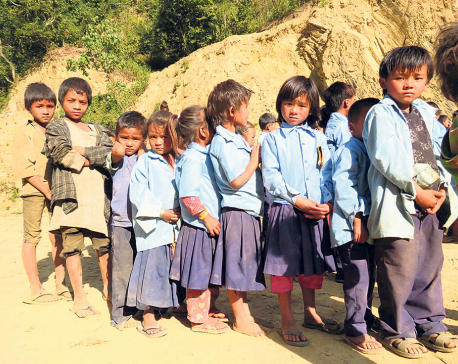
Chepang students go to school barefoot in freezing cold
CHITWAN, Dec 8: On November 26, the students of six community schools of Icchakamana Rural Municipality-2 gathered on the premises... Read More...
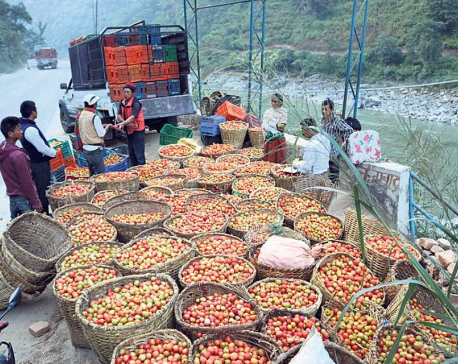
Vegetable farming changes fortunes of Chepangs
DHADING, Nov 1: There was a time when managing two square meals a day was a challenge for the people of... Read More...


Just In
- CIAA files case against Ayurvedic Doctor Sah for submitting fake certificate
- PM Dahal pushing nation towards instability by obstructing new govt formation: MP Bartaula
- NRB Governor Adhikari suggests creating regulatory body to solve problems of cooperatives
- JSP ministers' resignations accepted after 4 days, PM takes over 10 ministries
- Madhesh CM Singh in trouble within 48 hours of receiving trust vote
- NEPSE sheds 4.62 points; daily turnover drops to Rs 4.56 billion
- RSP ministers vacate quarters despite continued support for government
- Two teenage girls drown, one missing




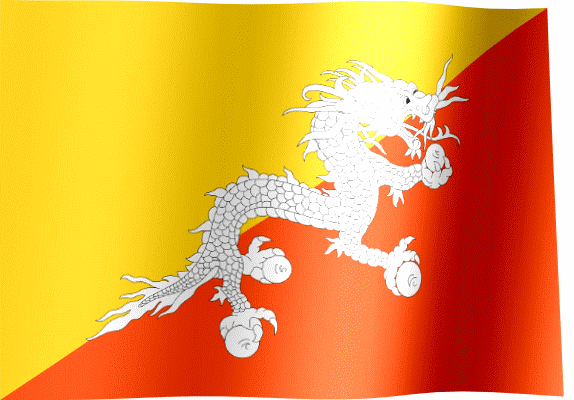
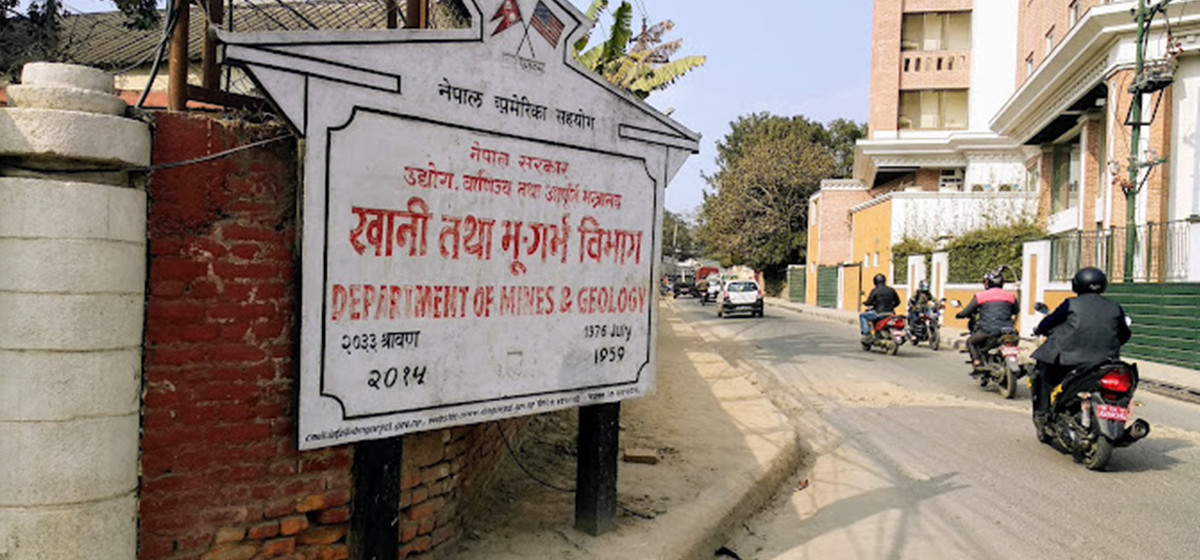
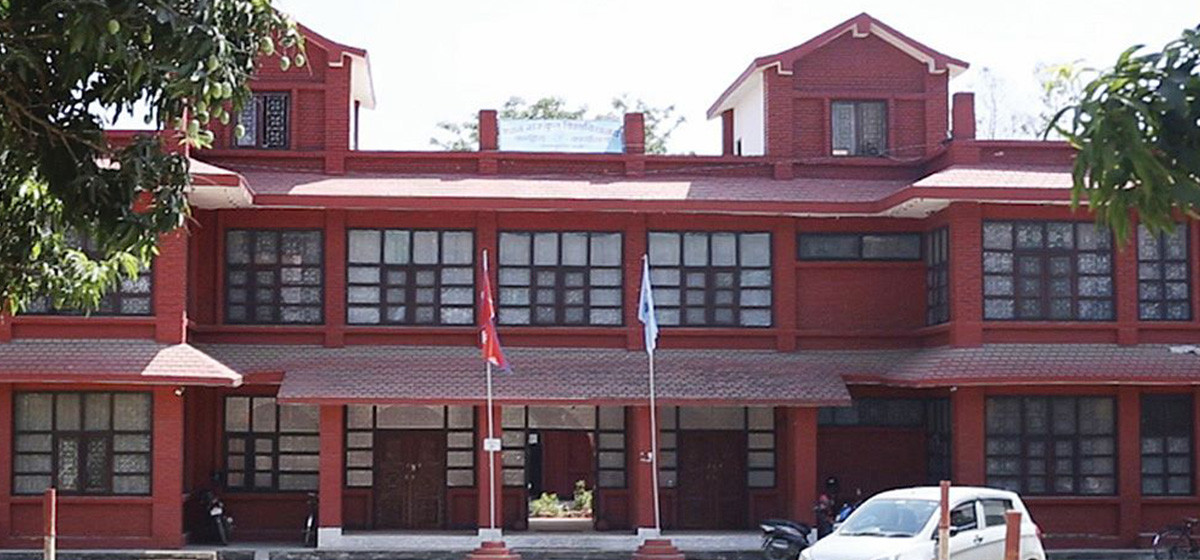
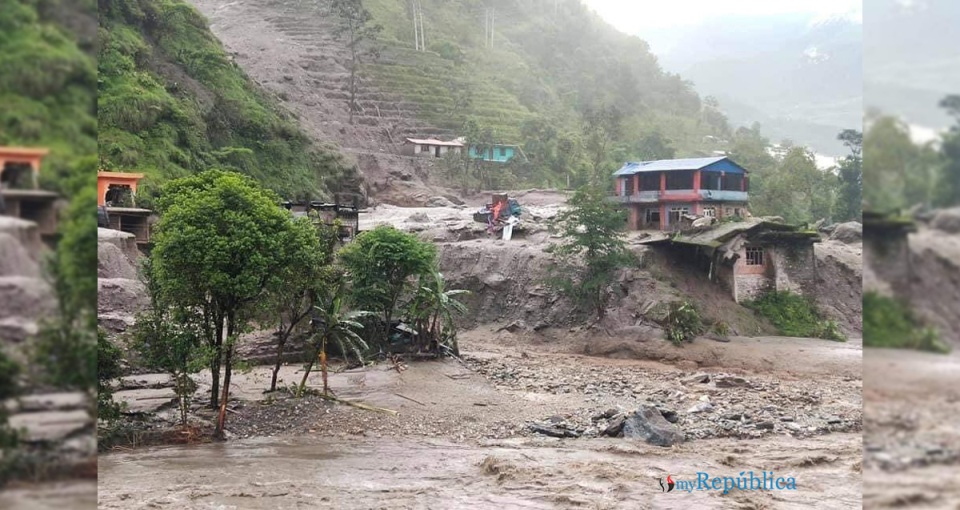



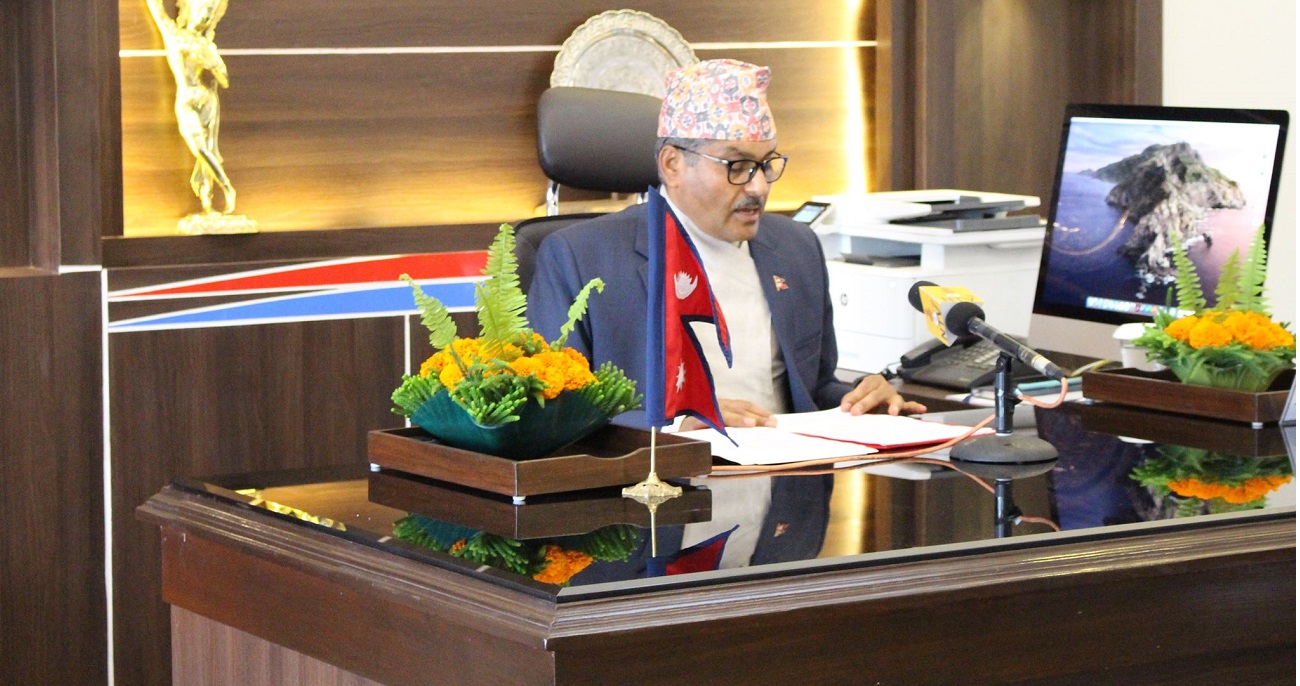
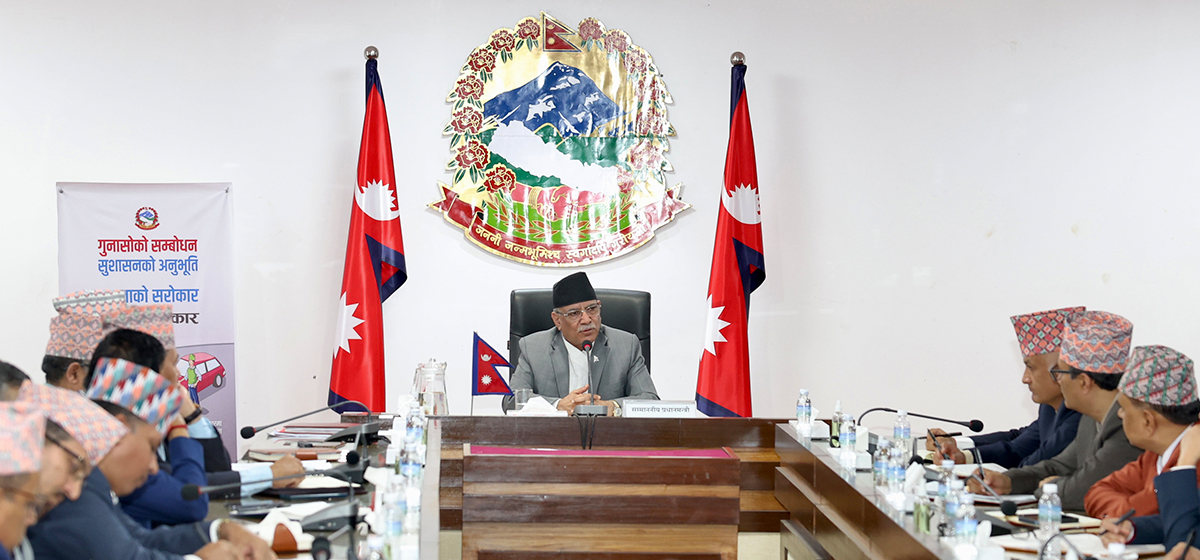
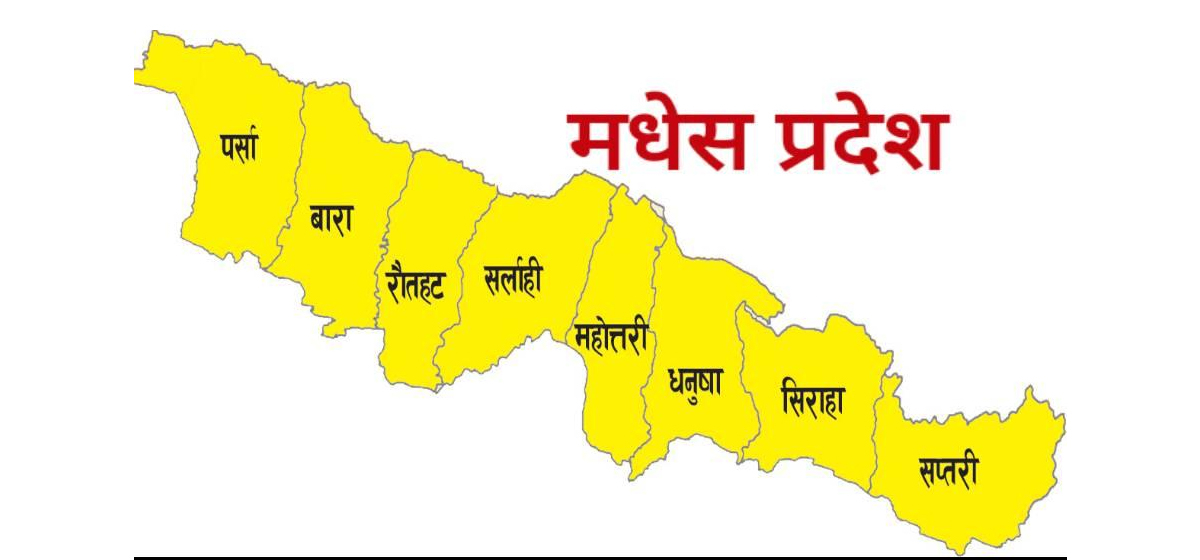

_20230226123652.jpg)

Leave A Comment